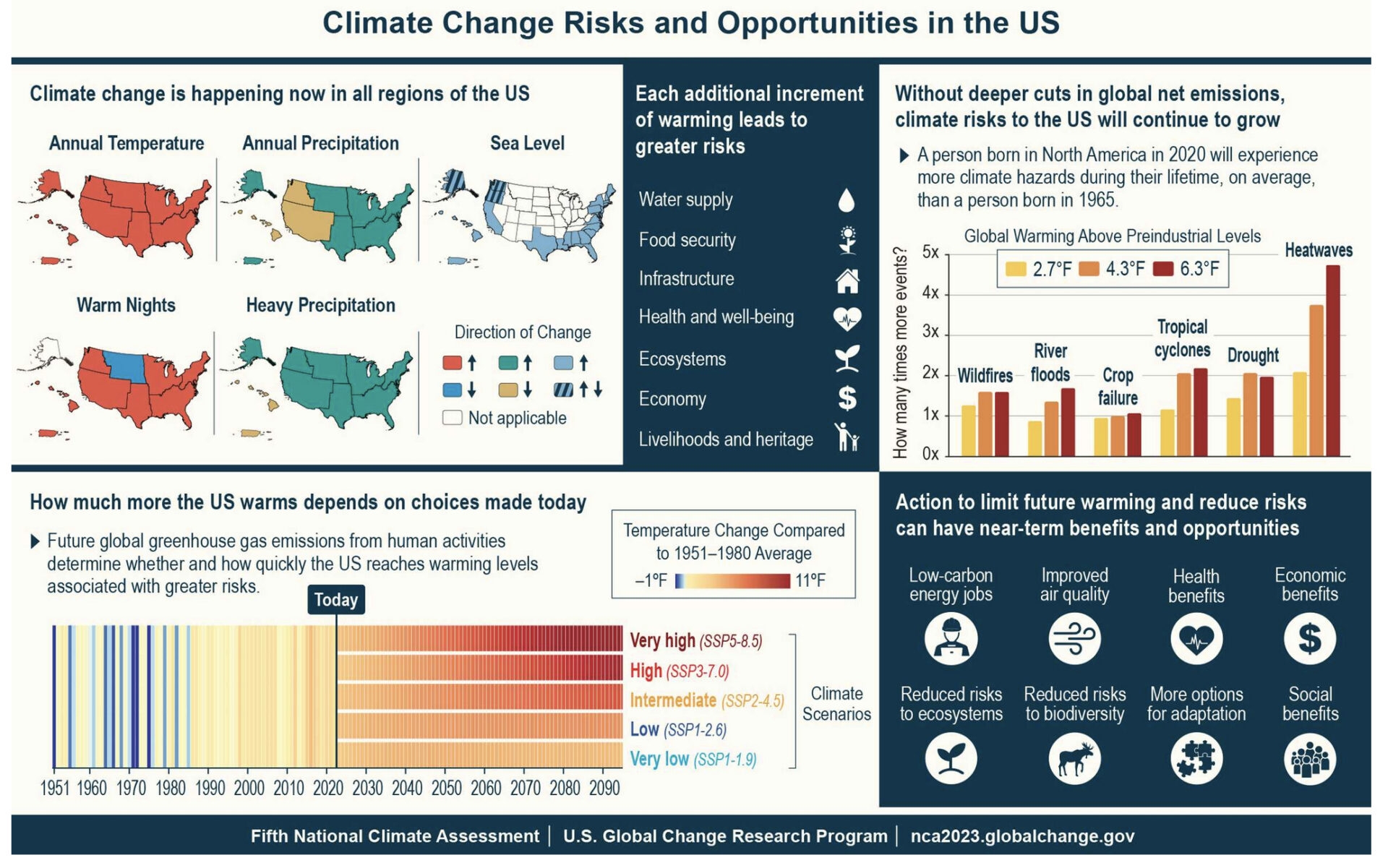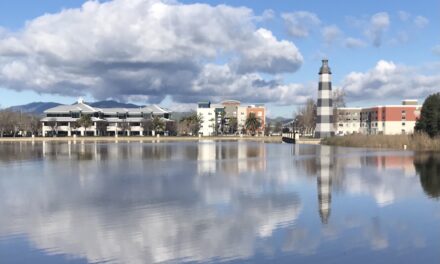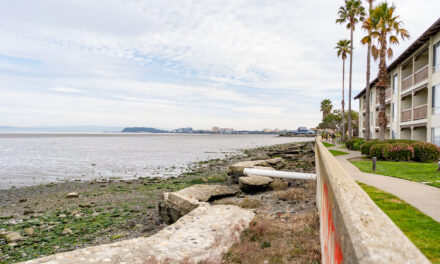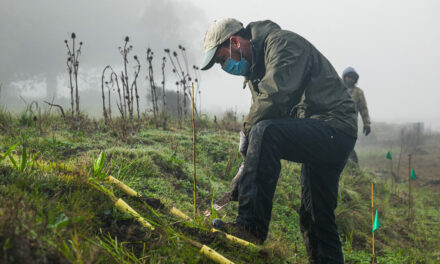Is the Bay Area Coasting?
“The Fifth National Climate Assessment reinforces what we already know — our climate is already changing. Is the Bay Area keeping up?”
As a scientist and lead author for the Fifth National Climate Assessment, I can’t help but notice that while the globe experienced record-breaking climate conditions in 2023, my home region in the Bay Area had it easy. For the world, 2023 brought extreme high temperatures to every continent, prolonged heat waves due to high pressure heat domes, Canadian wildfires that blanketed large swaths of the country in dense smoke, Hawaiian wildfires that claimed an entire community, and high ocean temperatures that supercharged storms causing intense rainfall and devastating flooding.
The Bay Area, by contrast, enjoyed a mild summer. And what struck me most, as I traveled to the White House for the climate assessment release this November, was the fall confusion I was leaving behind: the juxtaposition of blooming flowers and changing fall leaves, as if nature itself couldn’t decide what season it is.
The Bay Area deserved a break after years of prolonged drought and raging wildfires that burned across the state, driving our air quality to such dangerous levels that my children had to wear N95 masks to school before they became the norm during the pandemic. Extreme events tend to spur greater political will and action, but calm and quiet times can lead to complacency. Climate change can bring a whiplash of extremes from prolonged severe drought and tough water restrictions to torrential downpours that bring us glorious spring super blooms of wildflowers. In between these extremes, the average temperatures continue to slowly rise.
This summer gave the Bay Area a window to catch our breath, but climate action must continue at a never ending and steady pace.
A National Check Up
Across the globe, 2023 showed us how much our climate has already changed, providing an appropriate backdrop for the release of the United States Global Research Program’s Fifth National Climate Assessment (NCA5). NCA5 is not a voluminous tome on the science of climate change. It relies on the best available science, such as the Intergovernmental Panel on Climate Change’s recent Sixth Assessment Report, and state-of-the art research from around the U.S. NCA5 articulates how climate change is impacting our nation, region by region, and details the ramifications for forests, ecosystems, agriculture, oceans, coasts, and more. NCA5 also summarizes what is being and can be done to minimize the risks. If there is a topic you care passionately about, whether it be biodiversity, transportation, or human health, chances are NCA5 covers that topic in an accessible way. The online format is just as easy to skim as it is to read in depth.
Key big picture take homes from the Fifth National Climate Assessment: Source: NCA5.
As the lead author for the chapter on coasts in the new climate assessment, my hope is that 2023 underscores the urgency we should all feel when it comes to mitigating and adapting to climate change. We are no longer just talking about the future. We are talking about real and measurable and often very damaging climate changes that are already happening today.
Coastal Take Homes
Along our nation’s coasts, and in the Bay Area, we need adaptation to proceed faster and at much larger scales. Coastal hazards due to sea level rise and changing storm patterns are increasing. The most notable change in sea level rise science is the increase in the low-end sea level rise projection. Previous low-end projections estimated 1 foot of sea level rise by 2100, which was an extrapolation of historical trends. Updated low-end projections for California are closer to 2 feet of sea level rise by 2100 (and 1 foot by 2050). This increase reflects the acceleration of sea level rise and the irreversible change we cannot avoid this century — even if we substantially reduce global greenhouse gas emissions today. No matter what we do, sea levels will continue to rise for thousands of years. The more greenhouse gases we emit, the higher the low-end projection will become.
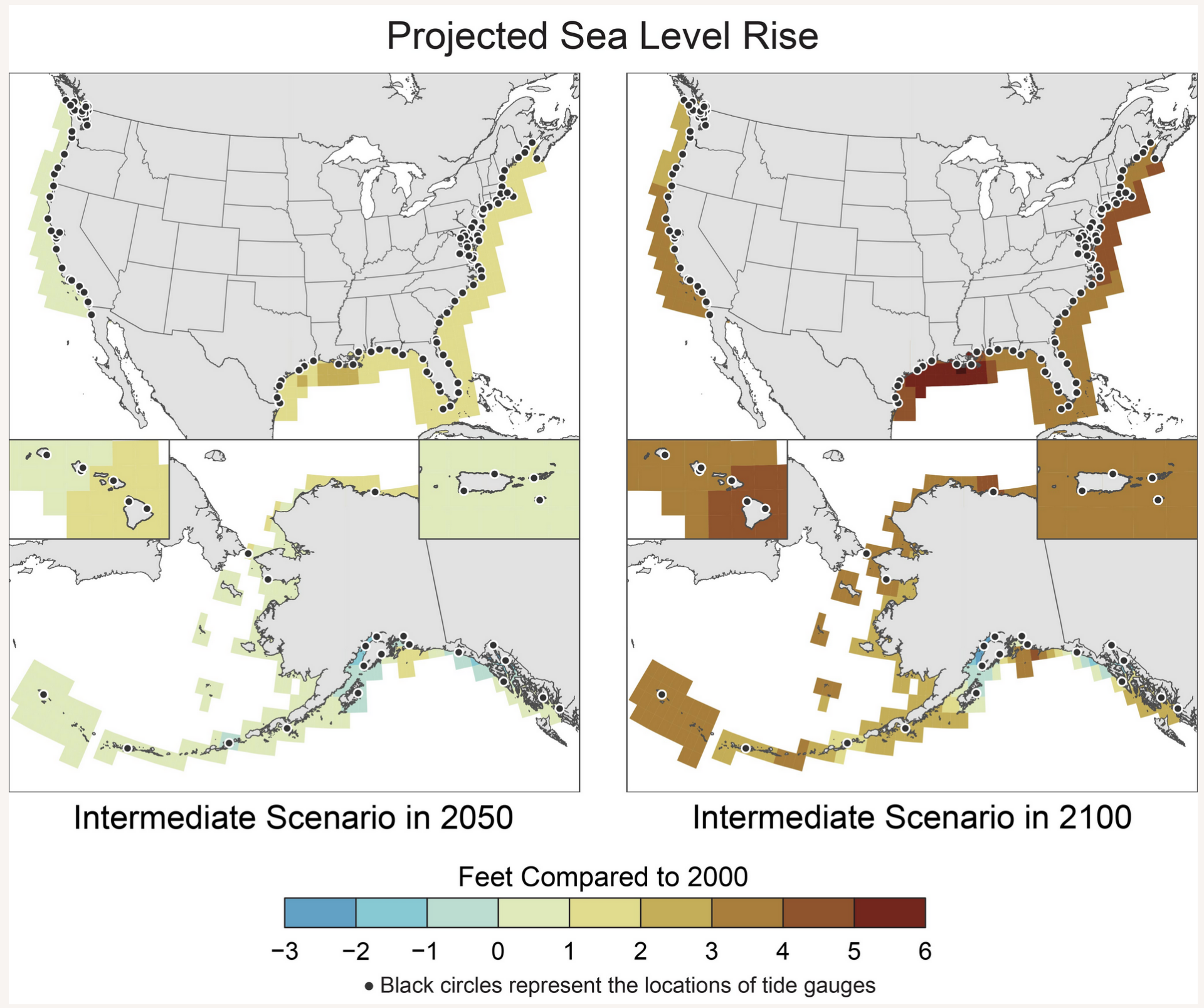
Sea level rise projections from the Fifth National Climate Assessment. Source: NCA5, 2023.
I’d also like to point out that this 1 foot increase in the projection represents the minimum bar for sea level rise adaptation for all low-lying coastal communities. Some Bay Area communities are already planning for higher rates of sea level rise, but others have not started planning at all. This lack of planning concerns me because designing and implementing adaptation plans take time, and time is not necessarily on our side.
The San Francisco Bay Conservation and Development Commission estimated adapting San Francisco Bay’s shorelines to 1.5 feet of sea level rise plus storm surge (a 1% annual chance of extreme bay water level) could cost $110 billion by 2050. This is an overwhelming sum. The report does not say where this money will come from. Nor does this estimate include additional adaptation needs due to rising groundwater tables and more frequent and intense rainfall events. NCA5 is clear that low-lying coastal communities should plan for more than just sea level rise and coastal flooding to avoid maladaptation (inadvertently making things worse, not better).
Navigating Complexities & Uncertainty
In the Bay Area, the back-to-back atmospheric rivers and cyclone bombs in early 2023 reminded me, as well as I hope many others, of the complex flood risks low-lying coastal communities face. I don’t recommend driving around in a storm, but that’s just what I did (please remember, it’s never safe to drive into standing water). I wanted to take photos and document the compound flooding that took the Bay Area by surprise. Homes in my neighborhood flooded that had never previously flooded (many homes were built before 1930). Pump stations with electrical components at ground level failed. Water was everywhere, all at once, and on repeat as rain continued to fall from the skies. With each subsequent storm the on-the-ground flooding happened more quickly because the ground was saturated like a soaked sponge that couldn’t absorb one more drop.
Last winter, coastal flooding overtopped shorelines due to high bay water levels and wind-driven waves; urban flooding was everywhere due intense rainfall, high groundwater tables (saturated soils), and water-logged pumps; and stormwater flooding occurred from sewers backed up by too much rain or high bay water levels that impeded gravity drainage. All these flooding sources converged together, creating a complex problem to solve.
This is what keeps me up at night. How do we prepare for such complexities? And are we ready to make the changes that may be required? Are we willing to modify our homes and lifestyles to better accommodate storm-driven or high tide flooding?
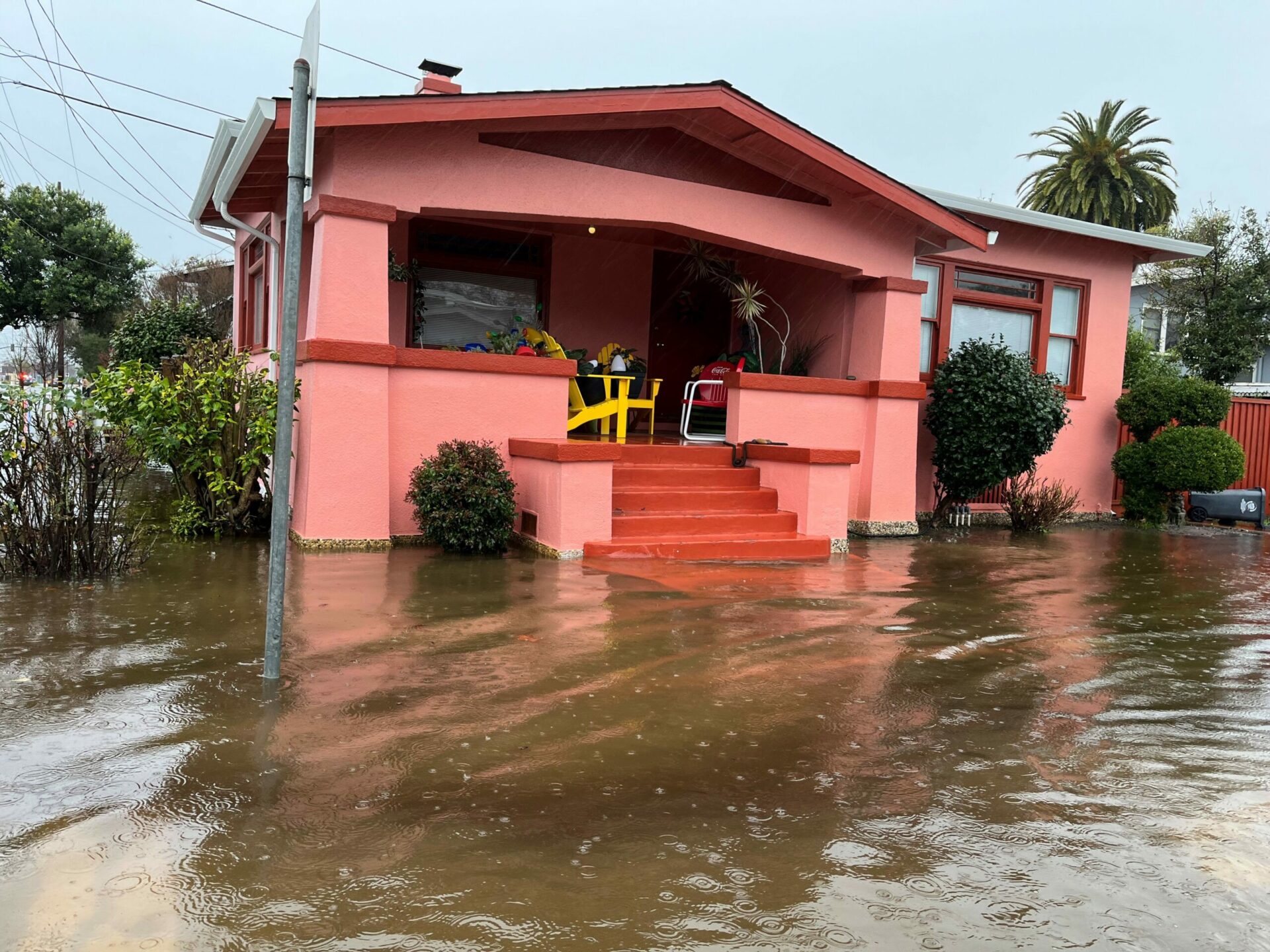
Home in Alameda flooded due to intense rainfall on the last day of 2022. Photo: Kris May.
Prepping for Better or Worse
As I was getting ready to leave the west coast for the Washington release of the Fifth National Climate Assessment, an atmospheric river was drenching the Seattle area where my parents live. Though I was raised in “rainy” Seattle, I learned to fill and place sandbags during the 1997/1998 Bay Area winter. The intense rains and flooding of that super El Niño year were worse than any winter I experienced growing up. NOAA predicts a 35% chance of a super El Niño this year. Every El Niño is unique, and there is no certainty that severe rains will come, but are we prepared if they do?
Adaptation can reduce risks and provide other community benefits, but it may require changing our relationship with the coast. When my author team and I hosted public outreach meetings at the beginning of the assessment, we heard loud and clear that our coasts provide many positive benefits that people love: fresh air, shifting sands, delicious seafood, dramatic vistas, fascinating cultures, diverse wildlife, and serene sounds that bring peace to the soul. Almost 40% of the US population lives near the coast. When climate change affects the coast, it affects a large number of people.
If we don’t want to live with flood walls surrounding our communities, with pump stations addressing high groundwater tables and excess stormwater, then we need to make room between our communities and San Francisco Bay. This will be incredibly challenging in the densely urbanized Bay Area that I call home. Floodwalls and seawalls will be a part of our adaptation arsenal, but we can’t get stuck on single or static solutions. Leaving room for multiple potential adaptations over time will set ourselves, and future generations, up for greater success. As the climate continues to change, our work may never be done.
The challenges we face can seem overwhelming. But I am an optimist and there is always hope. I am grateful to work in the Bay Area alongside so many equally hopeful, optimistic, and brilliant problem-solvers in the adaptation field. We all need to do the best we can do to adapt today — for every Bay Area community — while leaving room for change and transitions. The coasts are beautiful, magical places. Our relationship with them will change as the climate changes, but the things we love about the coast can remain.







